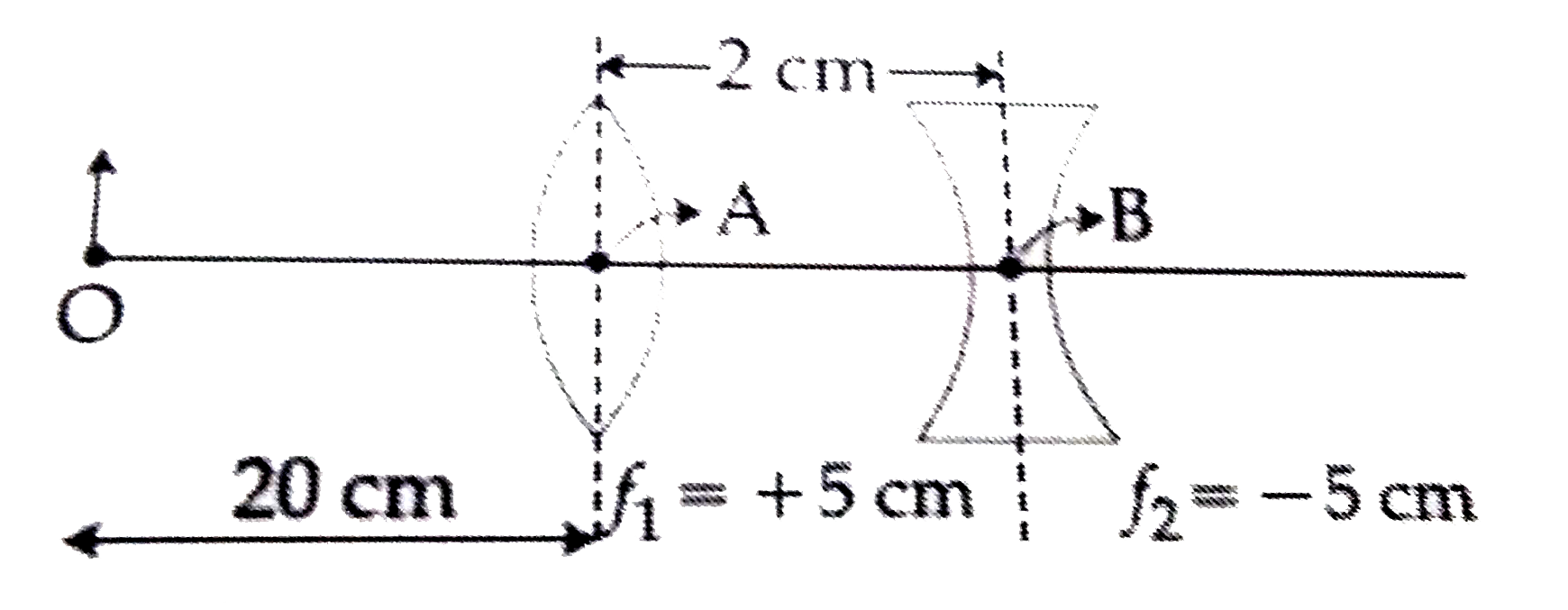Four open organ popes of different length and different gases at same temperature as shown in figure. Let fA,fB,fC and fD be their fundamental frequencies then : [Take γCO2=7/5]
![Four open organ popes of different length and different gases at same temperature as shown in figure. Let f(A),f(B),f(C) and f(D) be their fundamental frequencies then : [Take gamma(CO(2)) = 7//5] .](https://d10lpgp6xz60nq.cloudfront.net/physics_images/ALN_PHY_C10(I)_E01_065_Q01.png) .
.
The correct Answer is:C
f=√γRT2L√M=kL√M,fA=kL√2
fB=2kL√32,fc=3k2L√28
fD=3kL√44,∴fC/fD=√1128
Topper's Solved these Questions
- WAVES AND OSCILLATIONSBOOK - ALLENCHAPTER - WAVES AND OSCILLATIONSEXERCISE - Part-1(Exercise-03)
31 Videos
- WAVES AND OSCILLATIONSBOOK - ALLENCHAPTER - WAVES AND OSCILLATIONSEXERCISE - Part-1(Exercise-04)[A]
29 Videos
- WAVES AND OSCILLATIONSBOOK - ALLENCHAPTER - WAVES AND OSCILLATIONSEXERCISE - Part-1(Exercise-01)
53 Videos
- SEMICONDUCTORSBOOK - ALLENCHAPTER - SEMICONDUCTORSEXERCISE - Part-3(Exercise-4)
51 Videos
Similar Questions
Knowledge Check
Two identical tubes A and B are kept in air and water respetively as shown. If the fundamental frequency of A is f0, then thr fundamental frequency of B is
 Af04Bf02Cf0D2f0
Af04Bf02Cf0D2f0A string of length l is divided into four segments of fundamental frequencies f1,f2,f3,f4 respectively. The original fundamental frequency f of the string is given by
Af2=f21+f22+f23+f44B1√f=1√f1+1√f2+1√f3+1√f3C1f=1f1+1f2+1f3+1f4Df=f1+f2+f3+f4The temperature difference of 1∘F is same
A1 kB273 kC53kD95k
The number of different triangles formed by joining the points A,B,C,D,E,FandG as shown in the figure given below is
View SolutionAn open organ pipe produces its fundamdental frequency f. When the pipe is dipped in water so that 25 of its length is under water, then its fundamental frequency becomes
View SolutionThree containers of same base area, same height are filled with three different liquids of same mass as shown in the figure. If F1,F2,F3 are the force exerted by the liquid on the base of the container in case I, and II respectively, then we have the relation:

View SolutionIn the following figure shows the variation of photocurrent with potential of the collector plate for a photosensitive surface for three different radiations. Let Ia,IbandIc be the intensities and fa,fbandfc be the frequencies for the curves a, b, and c, respectively.

View SolutionThere are four force acting at a point p produced by strings as shown in figure, which is at rest. The force F1 and F2 are .

View Solution


